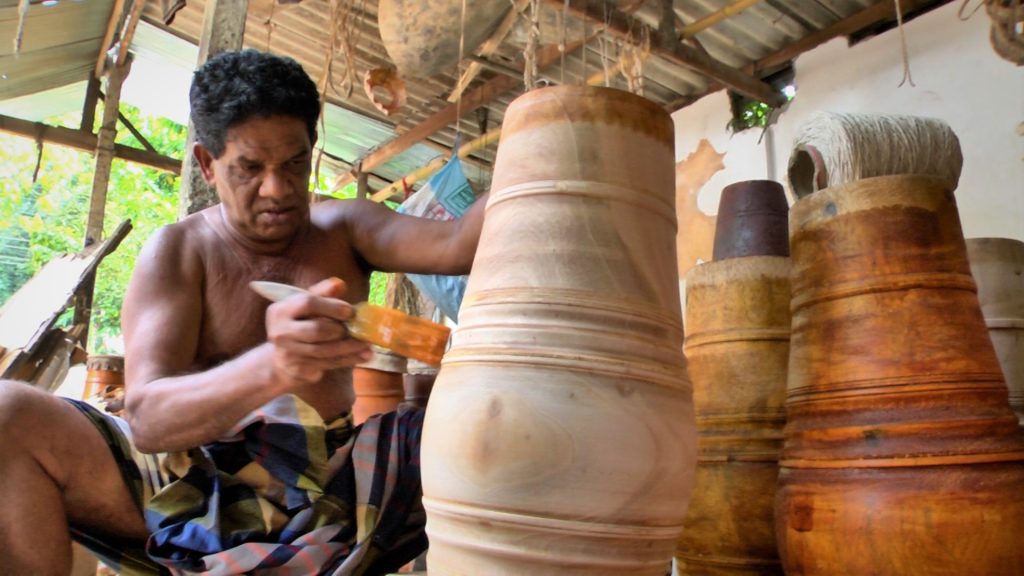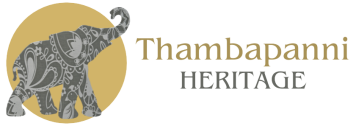Traditional Industries
Gems
Sri Lanka’s gem industry has a very long and colorful history. Sri Lanka was affectionately known as Ratna-Dweepa which means Gem Island. The name is a reflection of its natural wealth. Marco Polo wrote that the island had the best sapphires, topazes, amethysts, and other gems in the world. Ptolemy, the 2nd century astronomer recorded that beryl and sapphire were the mainstay of Sri Lanka’s gem industry. Records from sailors that visited the island states that they brought back “jewels of Serendib”. Serendib was the ancient name given to the island by middle – eastern and Persian traders that crossed the Indian Ocean to trade gems from Sri Lanka to the East during the 4th and 5th century.
A gemstone is the naturally occurring crystalline form of a mineral which is desirable for its beauty, valuable in its rarity, and durable enough to be enjoyed for generations. There are more than 30 popular gem varieties and many more rare collector gemstones. The main gemstone species found in Sri Lanka are Blue Sapphire, Ruby, Padparadscha, Yellow Sapphire, Asteriated Sapphires (Star Sapphires), Alexandrite, Spinel, Tourmaline, Beryl, Quartz, Moonstone etc.
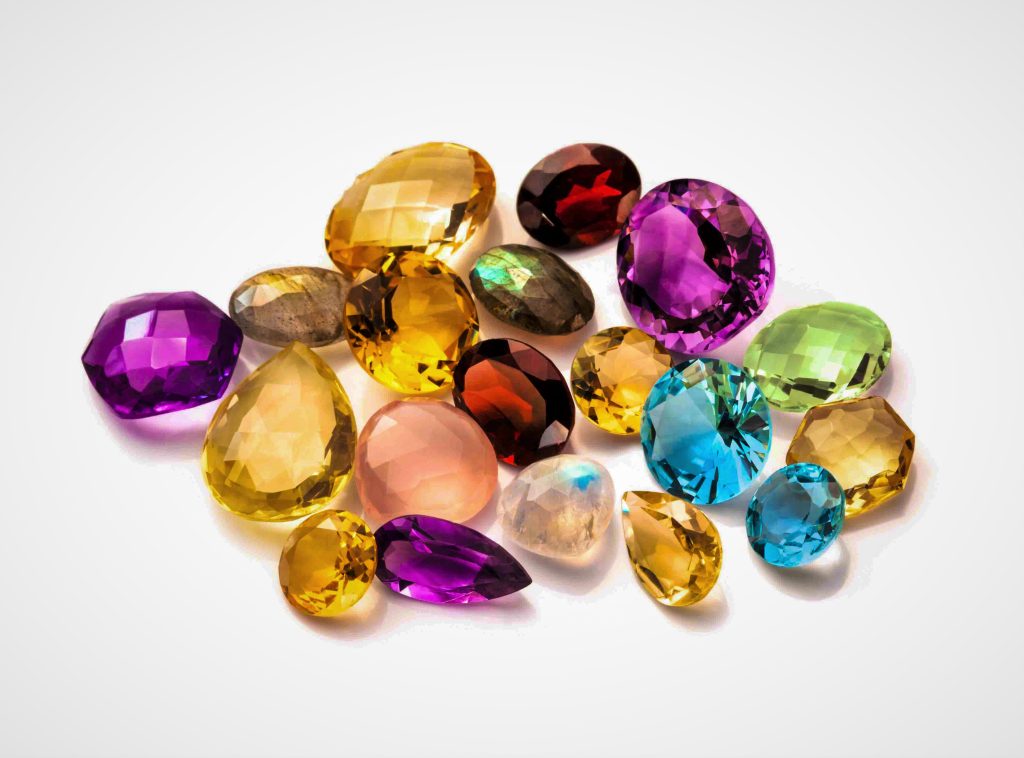
Tea
“Ceylon Tea” is one of the world’s finest. The plantation industry of Sri Lanka first began with the production of coffee but after its collapse in the early 1880s James Taylor, a British planter who arrived in 1852 introduced the tea industry to the country in 1867. The Sri Lankan highlands have the perfect climate that provides the humidity, cool temperatures, and rainfall that favor the production of high-quality tea. Sri Lanka also produces tea in low-elevation areas such as Matara, Galle and Ratanapura districts with high rainfall and warm temperature. Sri Lankan tea is world sought and has led to a new sector of tea tourism into the country- where visitors visit the country especially to taste this tea. Sri Lanka is the world's fourth-largest producer of tea and is also one of the largest exporters.
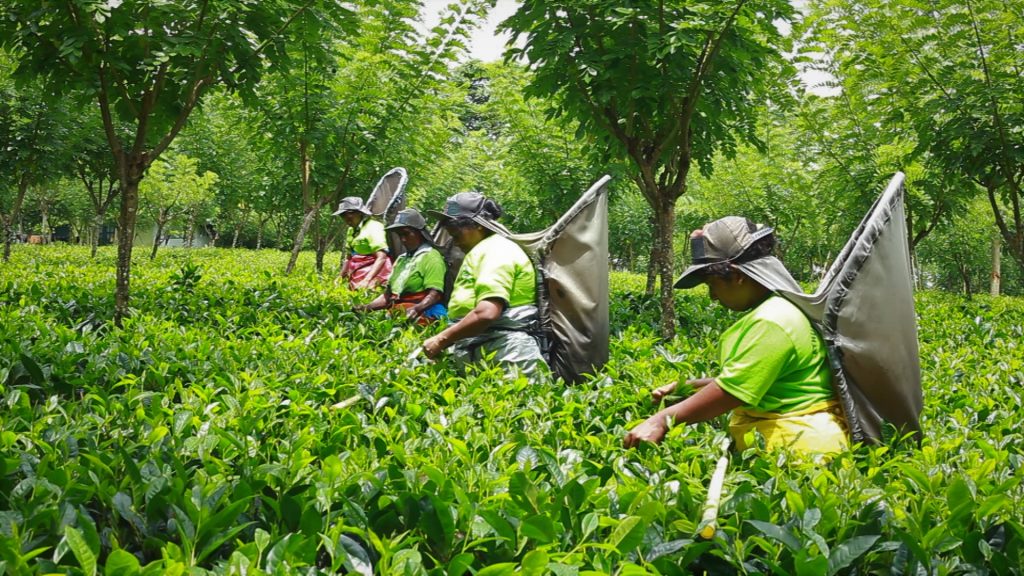
Brass
This is an ancient traditional industry where the villagers started as a home industry. Moulds are used to make the goods. The designs used in various brass items are copied from ancient art and picture books. The traditional oil lamp and Bridal Jewellery are some of the main designs done here. Many other household ornaments are made from brass which adds elegance to a home and these items show the value of real craftsmanship.
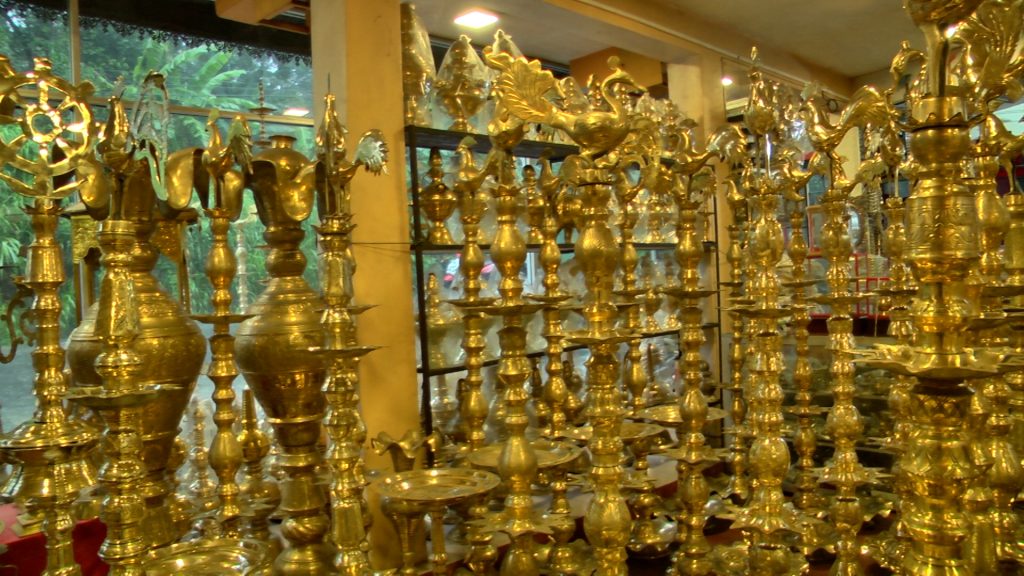
Handloom
The handloom textile industry is one of the country's oldest traditional crafts. The industry has helped showcase the undying creativity of generations of Sri Lankans taking them to the international arena. The innovative color combinations of upholstery fabrics are part and parcel of Sri Lanka's centuries’ old handloom textile industry. This is woven by hand on a shuttle-pit loom made from ropes, wooden beams and poles. The shuttle is thrown from side-to-side by the weaver. Other weavers use a fly-shuttle loom which can produce different types of patterns. These items are designed for niche markets where handmade products of high value are preferred. Awareness of modern design trends, combined with traditional craftsmanship and the influx of new processing techniques, Sri Lankan handlooms have been given a new life.
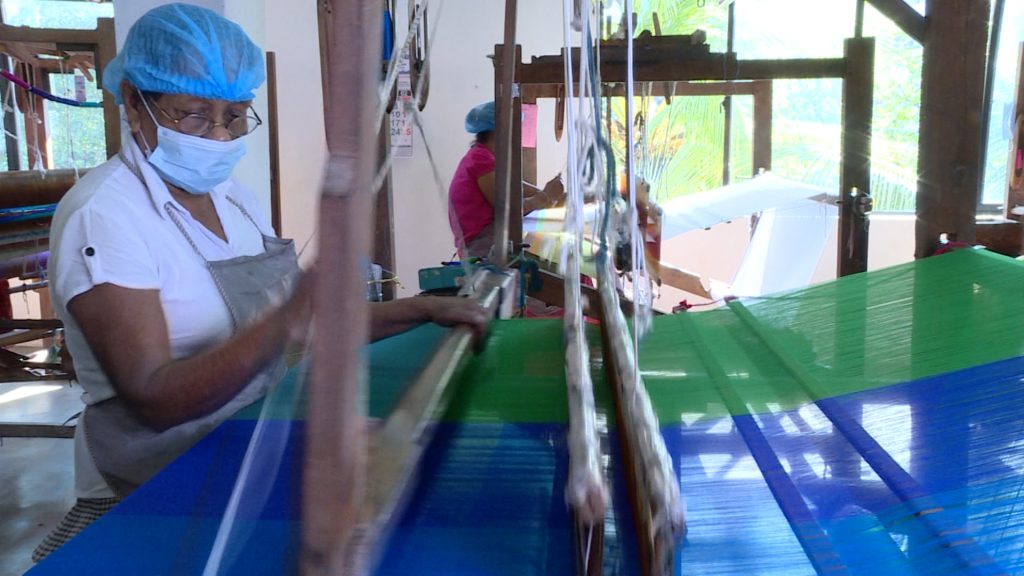
Masks
Mask carving is quite a complex process which requires a great deal of skill and patience. Ambalangoda — a coastal town in the Southern Province is still well-known for traditional mask carving and mask performances. Sri Lankan masks plays an integral part in the ancient days as they were used for various purposes such as for healing rituals, comic plays, theatre, dance and festivals. The speciality of this industry is that each mask is 100% handmade from the carving to the decorating. The timber used for the purpose is known as Vel Kaduru — a tree which is found close to paddy fields or marshy lands. These rituals of our ancestors are fast diminishing from the present and these masks are now used for decorative purposes or kept as exhibits in private collections by both locals and foreigners.
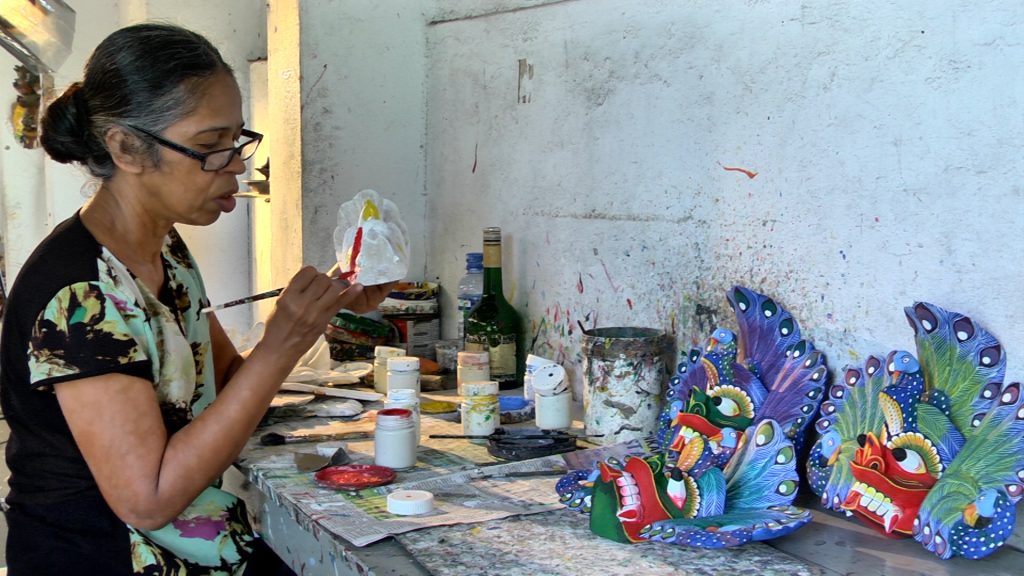
Pottery
Pottery is one of the oldest handicrafts in Sri Lanka. The primarily useful character of Sri Lankan pottery has been continuing to exist since the very beginning of Sinhala civilization. The simplicity of ornamentation and charm of the elegance of pottery have held fast in the Island since pre-history. Pots are made of clay. Pottery is a living craft that relates very much to the life of Sri Lanka. Small votive lamps, graceful water jugs, decorative ornaments and various cooking vessels of clay are very popular. Even though there are many new ideas in this field many potters, still employ traditional methods such as the potter’s wheel. It is a fast turning wheel where when a lump of clay is placed on this wheel the potter forms a pot by turning the lumps of clay. Decoration to the pot is done by incising patterns or stamping with dyes while the clay is still wet. Most pots are fired in a primitive kiln built of bricks or stones. It is covered with a wattle and daub roof. Pottery is used for decoration and cooking.
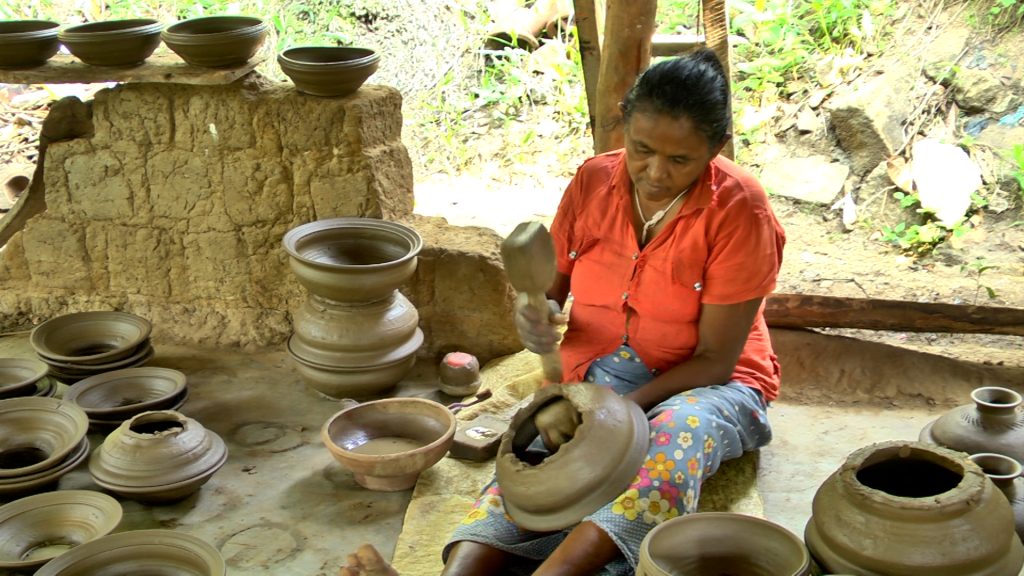
Drums
Sri Lanka has been having many types of drums in use from ancient times, and references to these are found in some of the classical literature. There had been about 33 types of drums, today we find only about ten and the rest are confined only to names. The Sri Lankan Drum Tradition is believed to go as far back as 2500 years. Examinations on the village society in olden times would reveal that drums were used on special occasions during the life span of people, from their birth to the death. Drums, which were originally used, for pleasure and later for rituals, came to be used in the Buddhist Temples for the many ceremonies. At a later stage, Drums were also used as a means of communication. The bodies of drums were made of a variety of forest trees, while the drumheads are made out of goat and cow- hide skin.
